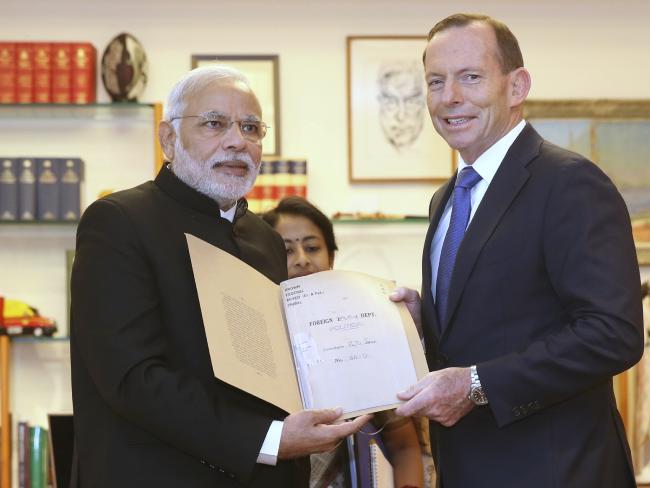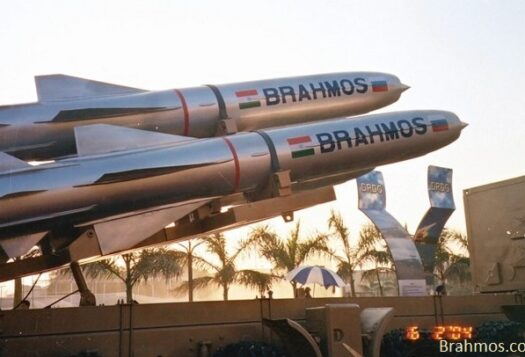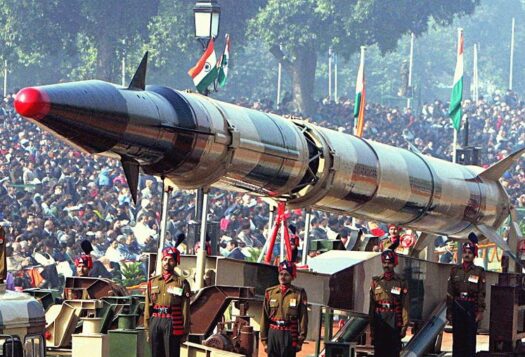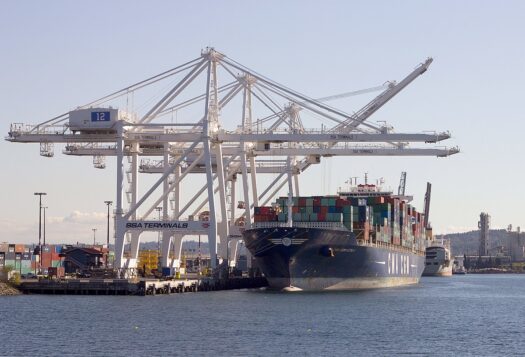
For a decade now, nuclear technology has emerged as one of the most discussed topics in international politics because of its civil and military uses. In September 2014, former Australian Prime Minister Tony Abbott signed an agreement with Indian Prime Minister Narendra Modi to sell uranium to India’s civil nuclear program, raising serious concerns globally as well as regionally about nuclear proliferation and Indian nuclear weapons expansion.
Recently, the Australian Parliamentary Committee pressed the government for a restrained consideration of uranium sales to India, which should first encourage New Delhi to sign the Comprehensive Nuclear Test-Ban Treaty (CTBT) and separate its civil and military nuclear facilities. Additionally, several Australian analysts are opposing uranium sales without preconditions, but there have been no meaningful concessions from India.
Notably, in India nuclear energy appears to be unpopular, where nuclear scientists are dying mysteriously, and thousands of Indians are protesting against the expanding nuclear industry. Mostly, locals are not satisfied with the policies and safeguard measures taken by the Indian nuclear establishments. Several cases of radiation deathtraps have been reported in hospitals. Moreover, the Indian auditor general reported that the nuclear program of the country is insecure and unregulated with many disorders.
Similarly, uranium is a controversial topic in Australia, while it has the largest uranium reserves in the world. Australian policymakers have reservations about the dual use of uranium both in civil and weapons manufacturing. Australia had initially banned uranium sales to India as it is not a signatory to the Treaty on the Non-proliferation of Nuclear Weapons (NPT). Meanwhile, Australia was also the bearer of the Treaty of Rarotonga to make the South Pacific region a nuclear weapons-free zone. Any future move by Australia to allow the sale of yellowcake to India could face legal challenge from Pacific nations. There is a process available to deal with any violation of the South Pacific Nuclear Free Zone Treaty. If Canberra stood firm to trade uranium with New Delhi without full-scope safeguards, then the members of the treaty can lodge a case against the Australian government. Further, a case of violation of the treaty can be corroborated in the International Court of Justice.
Another global concern is NPT Article III (1) about reaching a comprehensive safeguards agreement with the IAEA. The India-Australia uranium deal lacks the safeguards and raises concerns of where uranium is sent to India. So, the deal with India would violate the 1995 NPT Review and Extension Conference of the Parties to the Treaty on the Non-Proliferation of Nuclear Weapons commitment which requires full-scope safeguards as a condition of supply. Likely, the deal is also contradictory to Australia’s uranium export policy, which demands “any nuclear weapon-state to provide an assurance that Australian-Obligated Nuclear Material will not be diverted to non-peaceful or explosive uses.”
The focal argument given by Mr. Abbott while agreeing on a deal with the Indian prime minister was India’s “absolutely impeccable non-proliferation record.” Yet, a thorough examination of India’s record on nuclear proliferation is quite opposite to such remarks. For instance, India diverted Canadian-supplied fuel for research and generating power to make nuclear weapons; therefore, Canadians opposed a uranium deal with India that was on the table during Prime Minister Modi’s visit to Canada in April 2015.
Moreover, Indians have reportedly been involved in supplying technology to Iran, Iraq, and Libya in enhancing their ability to develop weapons of mass destruction and long-range missiles. Previously, IHS Jane’s revealed India’s increasing covert uranium facilities, which could support the expansion of nuclear weapons. India is trying to buy foreign sources of uranium, so it can use its domestic reserves for a nuclear arms race with Pakistan and China, nations with which India has fought five wars since 1947.
There are also reports that Australian uranium will ultimately be used in India’s nuclear weapons program. According to John Carlson, a former head of the Australian Safeguards and Non-Proliferation Office, Australian uranium “could be used to produce unsafeguarded plutonium that ends up in India’s nuclear weapon program.”
The second nuclear age has brought eminent issues related to states’ behaviors. Several states are now adopting nuclear technology as means for power generation and economic development. At the same time, states are also expanding nuclear capabilities to maintain deterrence. In such changing strategic dynamics, the nuclear non-proliferation regime is at stake. In sum, Australia has the right to decide whom to sell uranium, but due to the non-proliferation treaties to which it is obliged, it should not sell to India.
***
Image: Mike Bowers-Pool/Getty


